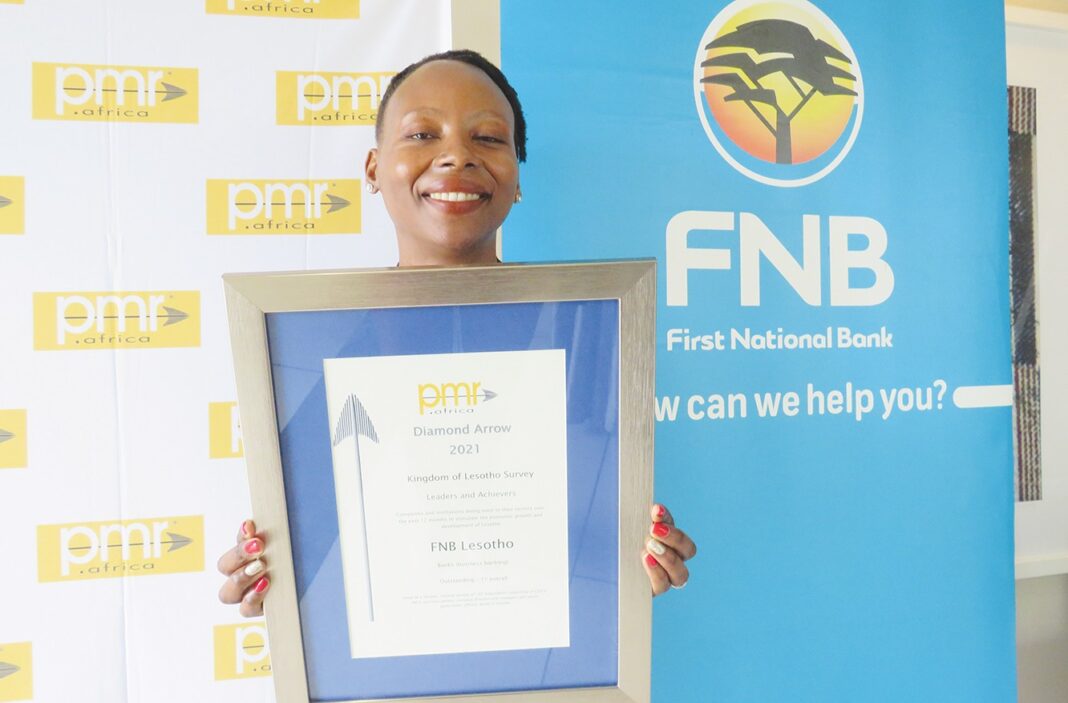By Kefiloe Kajane
The Central Bank of Lesotho (CBL) says since the last Monetary Policy Committee (MPC) meeting in July, the downside risks to global growth have become more pronounced, stemming from the resurgence of Covid-19 infections, a larger share of unvaccinated people in emerging and developing countries as well as the possible retreat in policy accommodation.
CBL governor, Retṧelisitsoe Matlanyane, said this week the global growth remained vulnerable to new mutations of the virus, vaccine availability and lack of uniformity in rates of country vaccinations.
She said the downside risks included global trade tensions, limited policy space and possible tightening of containment measures as infections spiral.
According to her, the International Monetary Fund (IMF) World Economic Outlook report of July 2021 forecasts 2021 global Gross Domestic Product (GDP) to grow by 6.0 percent. Similarly, she added, the growth in the sub-Saharan African region is expected to accelerate by 3.4 percent in the same year.
“Both projections remain unchanged from the Fund’s April 2021 report. Global economic activity broadly improved during the second quarter of 2021. Growth in the advanced economies was led by the United States (US) while China led growth in emerging market economies.
“US real GDP increased at the annual rate of 12.2 per cent in the second quarter of 2021, following a moderate increase of 0.5 per cent in the quarter ending March 2021.China realised an annual real GDP growth of 7.9 per cent in the second quarter, compared to 18.3 per cent the first quarter. Growth in South Africa improved in the second quarter of 2021, rising by an annual 19.2 per cent in that period, following a decline of 2.6 per cent in the previous quarter,” Matlanyane said.
She said although the third wave of the virus has peaked in South Africa, rising inflation, weaker commodity export prices and the social unrest in July could have lasting adverse effects that were likely to affect neighbouring countries, especially those within the Southern African Development Community (SADC) and Common Monetary Area (CMA).
Matlanyane further said that the global labour market developments largely improved during August 2021 on account of loosened lockdown restrictions, vaccination efforts and attempts to return to normalcy.
She indicated on price developments, positive inflation rates were reported in the US, the United Kingdom, the Euro Area, China, India and South Africa in August 2021, while they were negative in Japan.
She explained that the monetary policy stance across advanced economies remained accommodative, with policy rates in the US, the Euro Area and the United Kingdom kept close to zero.
“Global financial markets reflected rising volatility and mounting global risk sentiment. This came on the back of persistently high rates of Covid-19 infections and talks of possible unwinding of stimulus in some key jurisdictions. Yields in emerging markets, especially South Africa, showed mixed signals; rising moderately on the short end while declining on the long end.
“Despite rising global risk appetite, expected global tapering has led to investors being net sellers of South African assets. The rand is expected to weaken in the latter quarter of the year, on the back of weak local investment expenditure, escalating debt and existing structural impediments. Interest rates in the CMA countries remained accommodative between July and September 2021, with the key policy rates and prime lending rates in the region averaging 3.63 per cent and 7.49 per cent, respectively,” she said.
She also said that while the Lesotho policy rate continued to be aligned with, and on the lower end of, those of the sub-region, the prime lending rate in the month of August 2021 remained considerably higher at 8.2 percent, which is 120 basis points above the sub-region’s lowest rate, which is that of South Africa, and 70 basis points above the sub-region’s second highest rate, which is that of Namibia.
She indicated that the CBL’s Composite Indicator of Economic Activity (CIEA) reflects that domestic economic activity slowed by 0.3 per cent in July, compared with a 0.6 per cent decline recorded in the preceding month. She said which was mainly as a result of tighter Covid-19 induced restrictions in the review period.
She concluded that the domestic economic recovery remained largely conditional on developments related to the trajectory of virus infections, Covid-19 containment measures and the rollout of vaccines.









